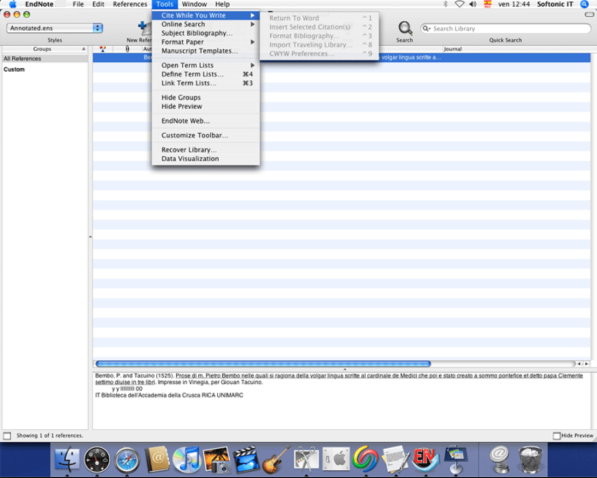


Do not try to enlarge or adapt a low-quality image by changing the resolution or size. We prefer images in TIFF format but will accept high-resolution JPEGs. Additionally, image files on websites may be subject to licensing terms.Īll images should be at least 300 dpi. If this is not possible and you wish to use an image you create yourself (e.g., scanning an image from a published book), please consult with the managing editor.Įven if these images look fine on your computer screen, the quality is likely to be too low for print publication. Instead, locate the original source, request a high-resolution file of the image from the museum or library owning the materials or from a rights holder if the image is within copyright, and seek permission to reproduce the image using the terms needed by Duke University Press (see below). Original tables should be editable and not pasted into a Word file as a picture.Īvoid scanning images from previously printed materials Submit tables in separate text files when you submit the manuscript. List the figure captions at the end of the manuscript file, and include an in-text "callout" for each figure when it is introduced in the text, (e.g., see fig. Do not use your personal name in the file name, since submissions are vetted anonymously. Instead, submit each figure in a separate file, and name the files using a short title reference and figure number (e.g., Severed Head_fig1.tiff). The earlier we have your artwork, the more time we will have to identify and resolve potential quality or permissions issues before your manuscript is ready for production.ĭo not include any images in your manuscript file Submit artwork as early as possible for review

The following guidelines will help you prepare visual materials-such as artwork, tables, figures, and other images-to appear sharp in printed form.

It allows users to create personal reference libraries, insert citations into Word, organize references, and send citations from databases into EndNote.


 0 kommentar(er)
0 kommentar(er)
